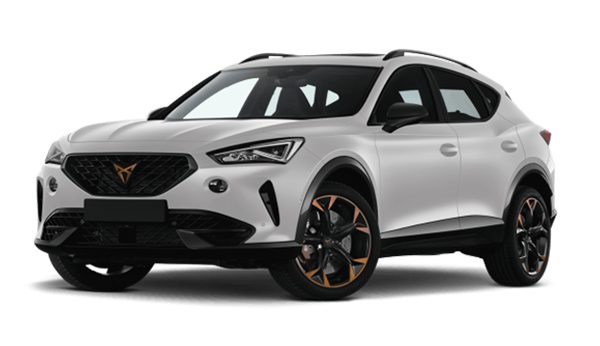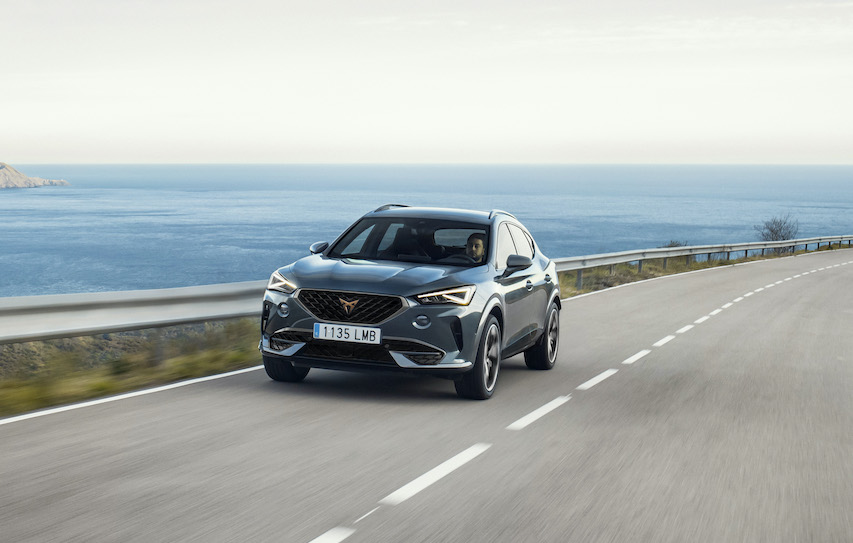Range
Stick the Cupra in its default ‘Hybrid’ mode and the car does a fine job of shuffling between petrol and electric when it deems fit, and you can enjoy decent economy figures. You can also set it to save battery charge you might want to use later in your journey, for example if you do a motorway stint before hitting the city on your normal commute.
This is because (as with any PHEV) the petrol engine is most efficient at motorway speeds, while pure electric power is most efficient at slower speeds and around town. If you haven't plugged in or have already used the battery power, the Cupra will also charge the battery using its petrol engine, which is useful but does come with a fuel economy penalty since the petrol engine is working harder to drive the car and top up the battery.
Battery
The Cupra gets a 13kWh lithium-ion battery with a usable capacity of 12.8kWh, which is very similar to rivals including the Ford Kuga PHEV, Seat Leon e-Hybrid, VW Golf GTE and Renault Captur E-Tech. The battery pack is mounted low beneath the boot of the car, and is thermally cooled by its own radiator and expansion tank that functions separately to the cooling system used for the petrol engine.
Charging
As with many plug-in hybrids, the Cupra only offers slow charging of up to 3.6kW, which works out at around three and a half hours from a normal home wallbox. A standard domestic three-pin socket will deliver a full charge in some five hours, so it’s quite possible to fully recharge the Cupra Formentor PHEV while you’re at work or overnight at home even if you don’t have a home car charger.
The Type 2 socket is the European standard socket and means that the Cupra will be compatible with the vast majority of the AC public chargers that you often find in town centre or shopping centre car parks. The cable for charging at these charge-points is provided as standard, as is the three-pin plug for normal domestic sockets.










 (9).jpg)
 (27).jpg)
 (28).jpg)
 (38).jpg)
 (37).jpg)
 (2).jpg)


 (28).jpg?width=1500&height=1000)



